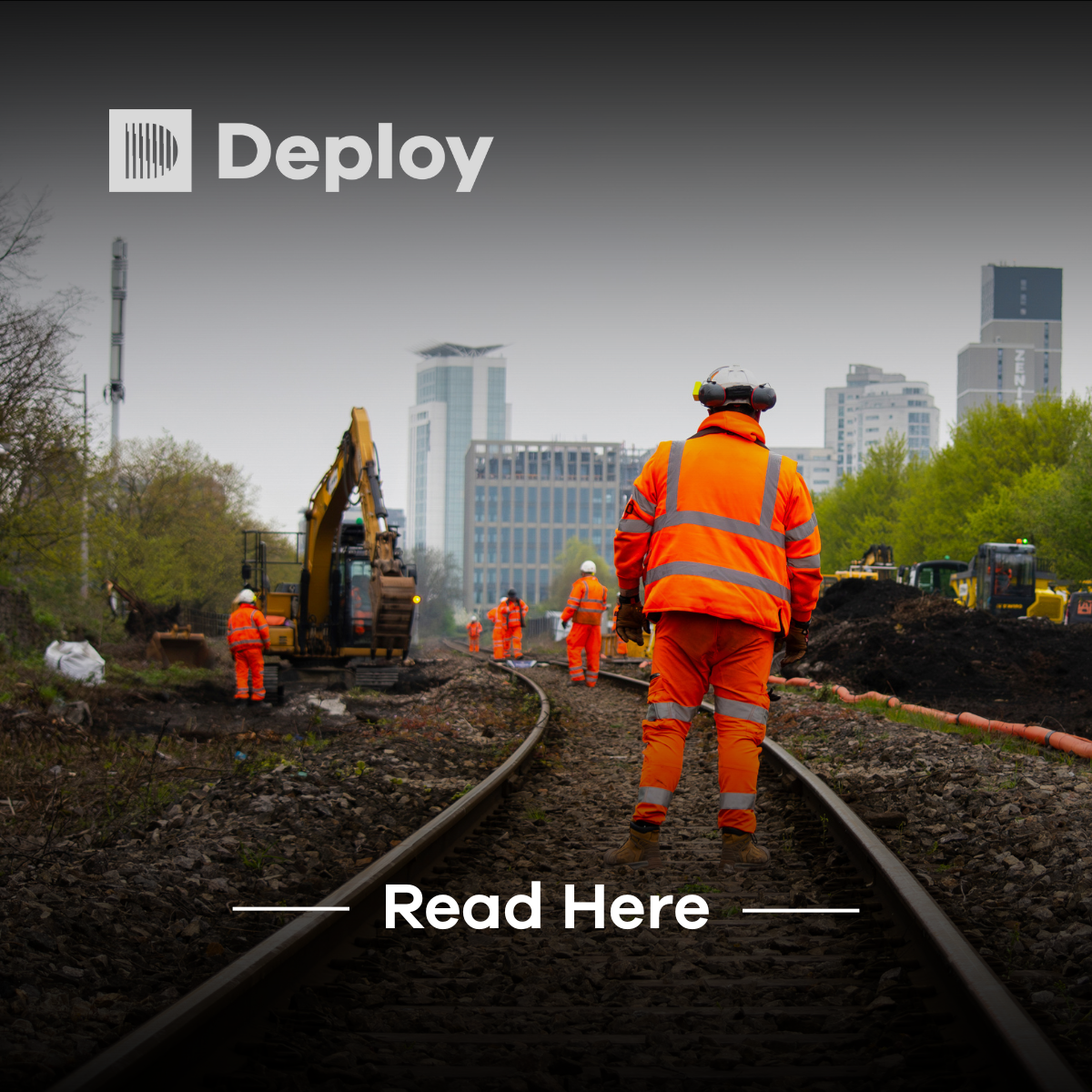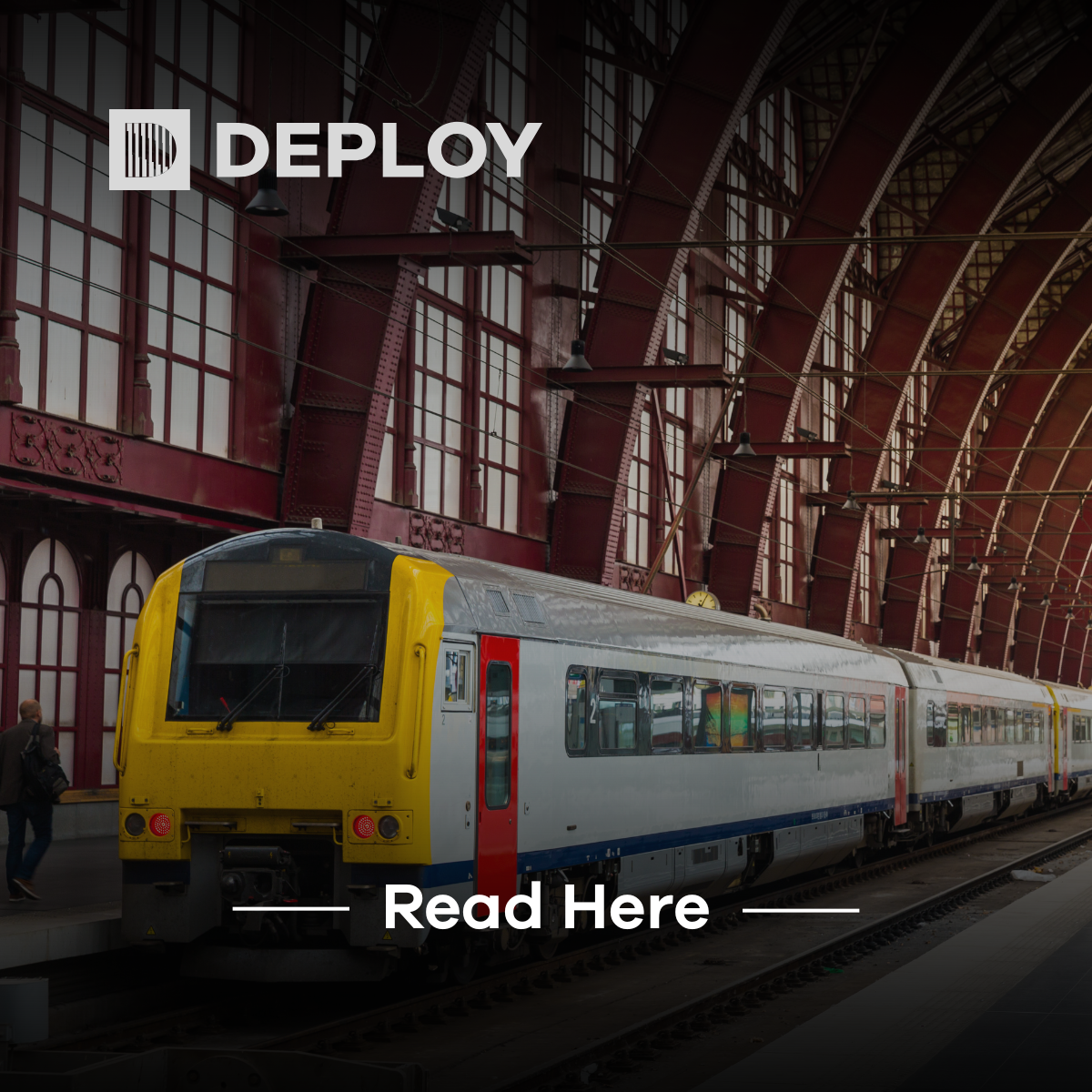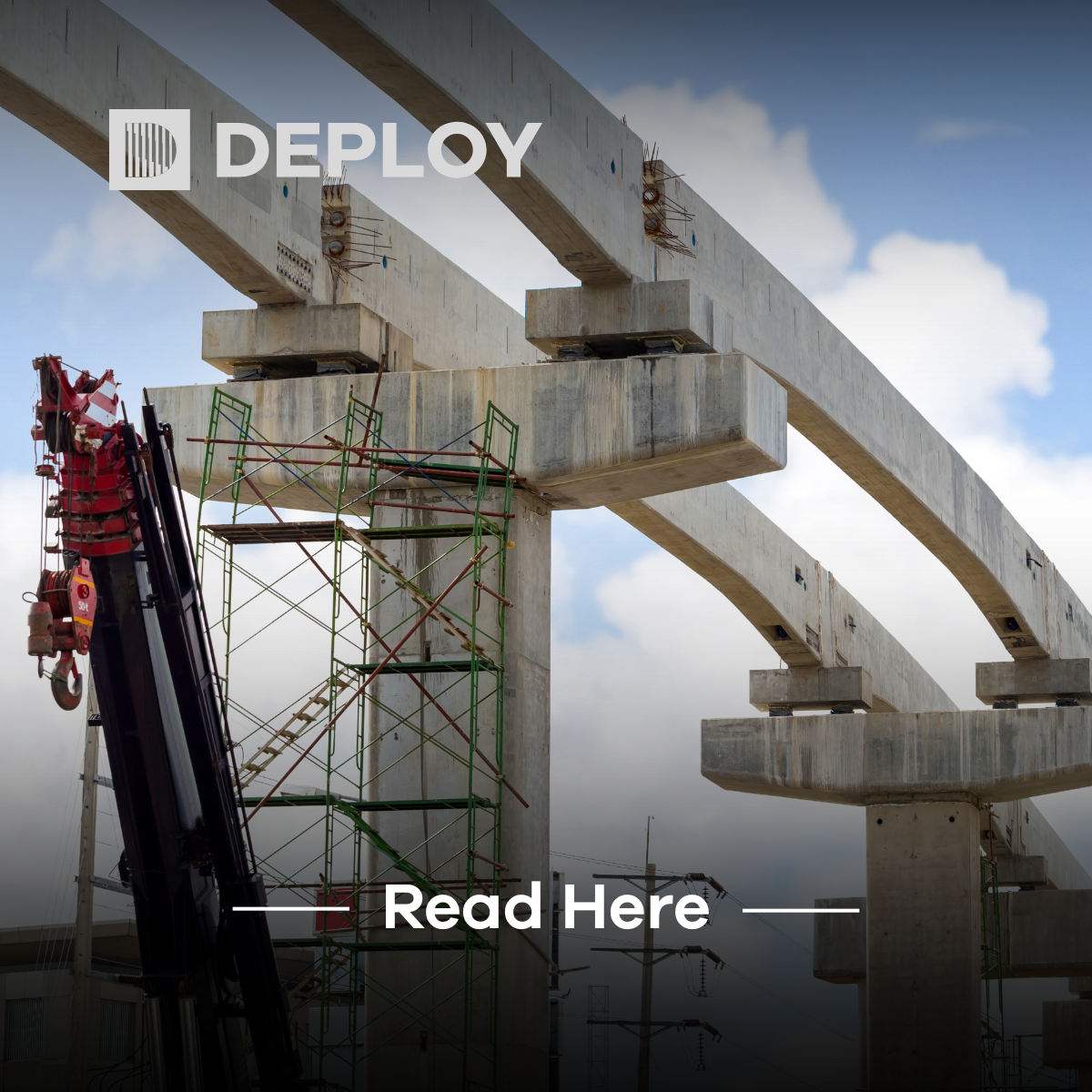Learning from Chiltern Green: Why Safe Planning Starts with Clear Communication
In April 2024, a track worker narrowly avoided a catastrophic incident at Chiltern Green, where a train travelling at over 100 miles per hour passed just moments after the individual had stepped off an underbridge. The RAIB report published this month offers not only a forensic analysis of the sequence of events that led to the near miss, but also delivers a sobering reminder of the very real risks that exist when even seemingly minor procedural oversights occur in safety-critical environments.
The individual involved (a tester undertaking telecommunications cable work) was returning from a welfare break and crossed a bridge which had restricted clearance but lacked the proper warning signage. The emergency brake application by the train driver and subsequent investigation revealed a chain of failings that extended from inadequate planning documentation and an absence of clear briefings to the inappropriate use of informal access routes not sanctioned by the project’s original safety plan.
It is easy to attribute such incidents to individual errors or unfortunate miscommunication, but that interpretation does little justice to the complexity of workforce logistics in modern infrastructure projects. What the Chiltern Green case highlights with painful clarity is that the presence of competent individuals on site does not in itself equate to a competent system of work. A person may hold the correct certification and understand the general risks associated with rail environments, but without precise, site-specific information and a structure of accountability that ensures briefings are thorough and understood, that competence can quickly be undermined by unclear expectations and systemic fragmentation.
The report draws attention to several systemic issues that many in our industry will find familiar: a disconnection between planning and delivery teams, incomplete records of signage assets, and gaps in communication that arise when multiple access points or sites of work are involved. These are not abstract problems, they are operational realities that directly impact the safety of frontline personnel. The bridge in question, though recorded internally as having restricted clearance, was not fitted with signage to reflect this. Moreover, the individual responsible for leading the team on the day had not been given clear guidance on the walking route that should have been taken, nor had they played a meaningful role in the planning process itself.
While Network Rail and its partners must now respond to the RAIB's formal recommendations, those of us working within infrastructure recruitment must also reflect. The risk does not lie solely in the actions of individuals, but in how those individuals are deployed, supported, and integrated into larger project systems. At Deploy, we understand that recruitment cannot be divorced from compliance, that safety is not simply a box-ticking exercise but a culture to be embedded, and that the quality of deployment planning directly shapes the conditions in which work is carried out.
For us, incidents like Chiltern Green underscore the importance of collaborative workforce planning, where our consultants don’t just fill vacancies but advise on workforce structure, mobilisation logistics, and role-specific risk profiles. This approach is not just strategic, it is ethical. When lives depend on precision and clarity, good enough is never good enough.
If your organisation is navigating the complexities of safe, compliant, and efficient workforce deployment across rail or infrastructure projects, we invite you to talk to us. Deploy offers more than recruitment; we provide insight, structure, and the assurance that every worker placed is part of a system designed to protect them.
Get in touch today to find out how we can support your next project with workforce strategies that prioritise safety from the ground up.






